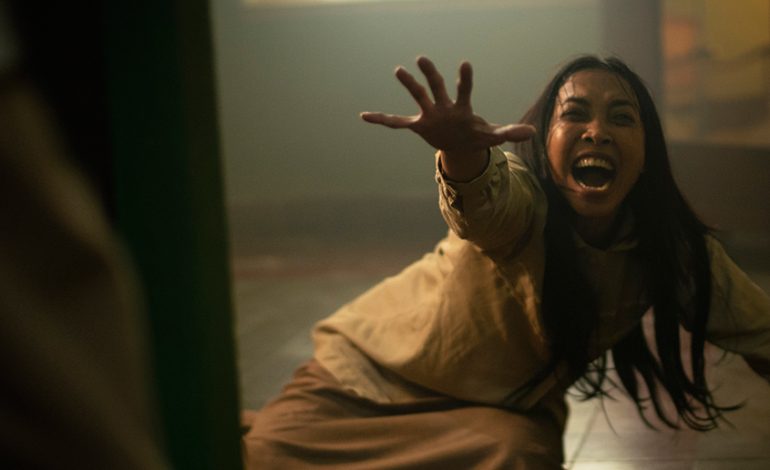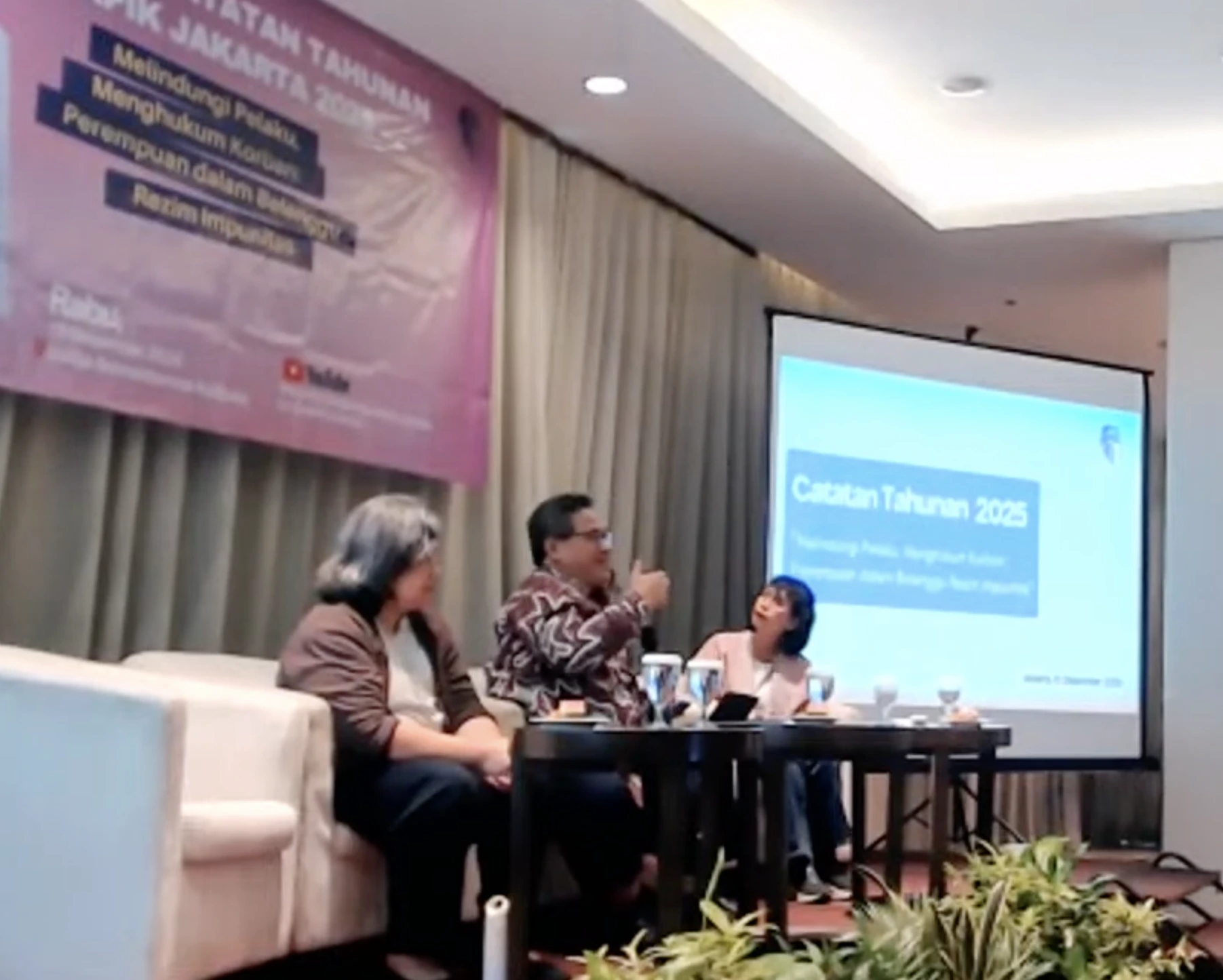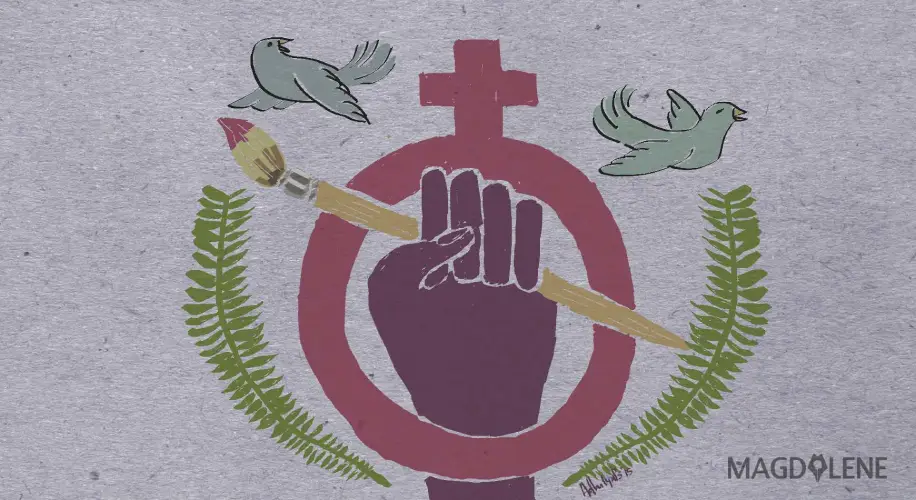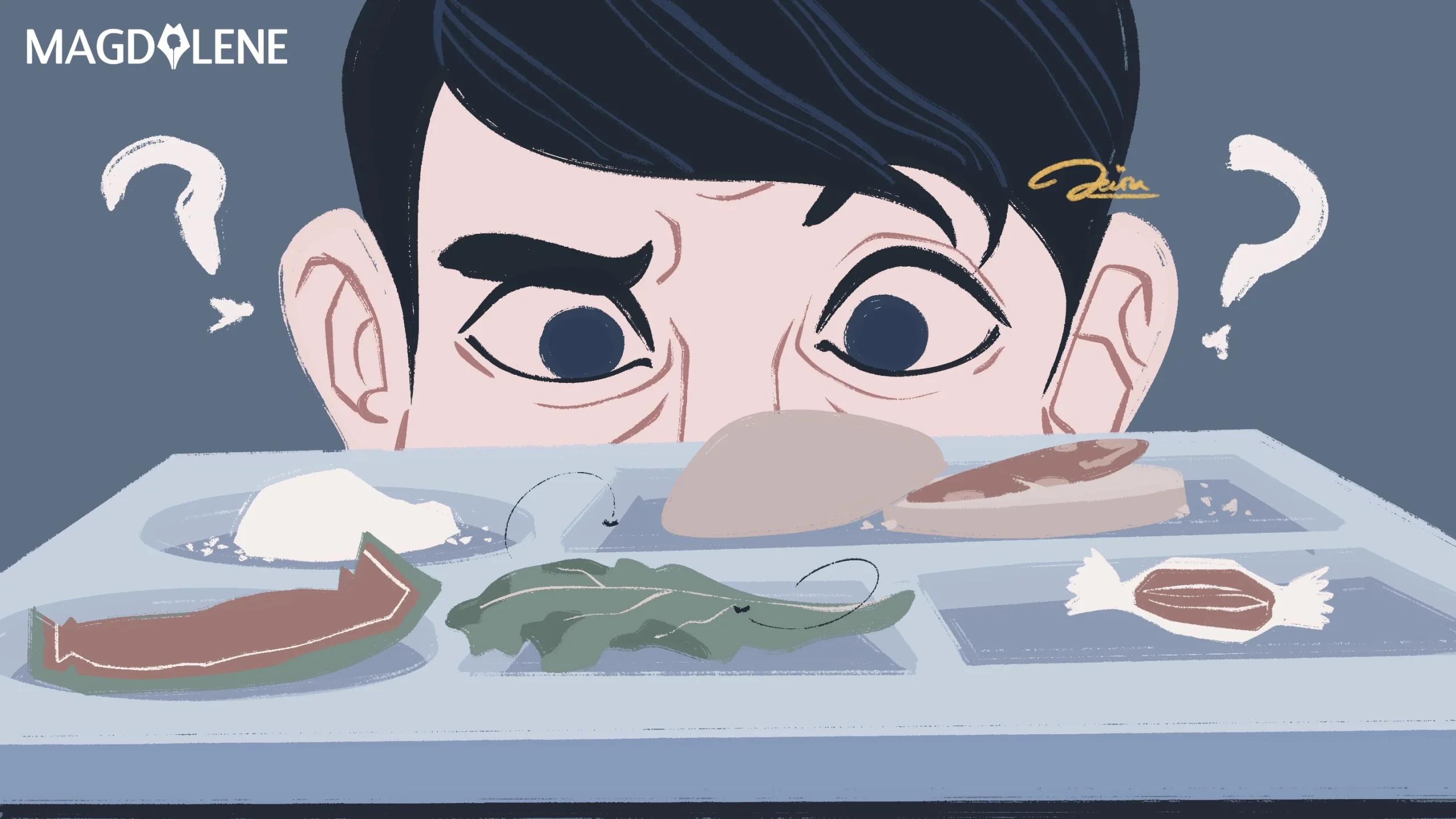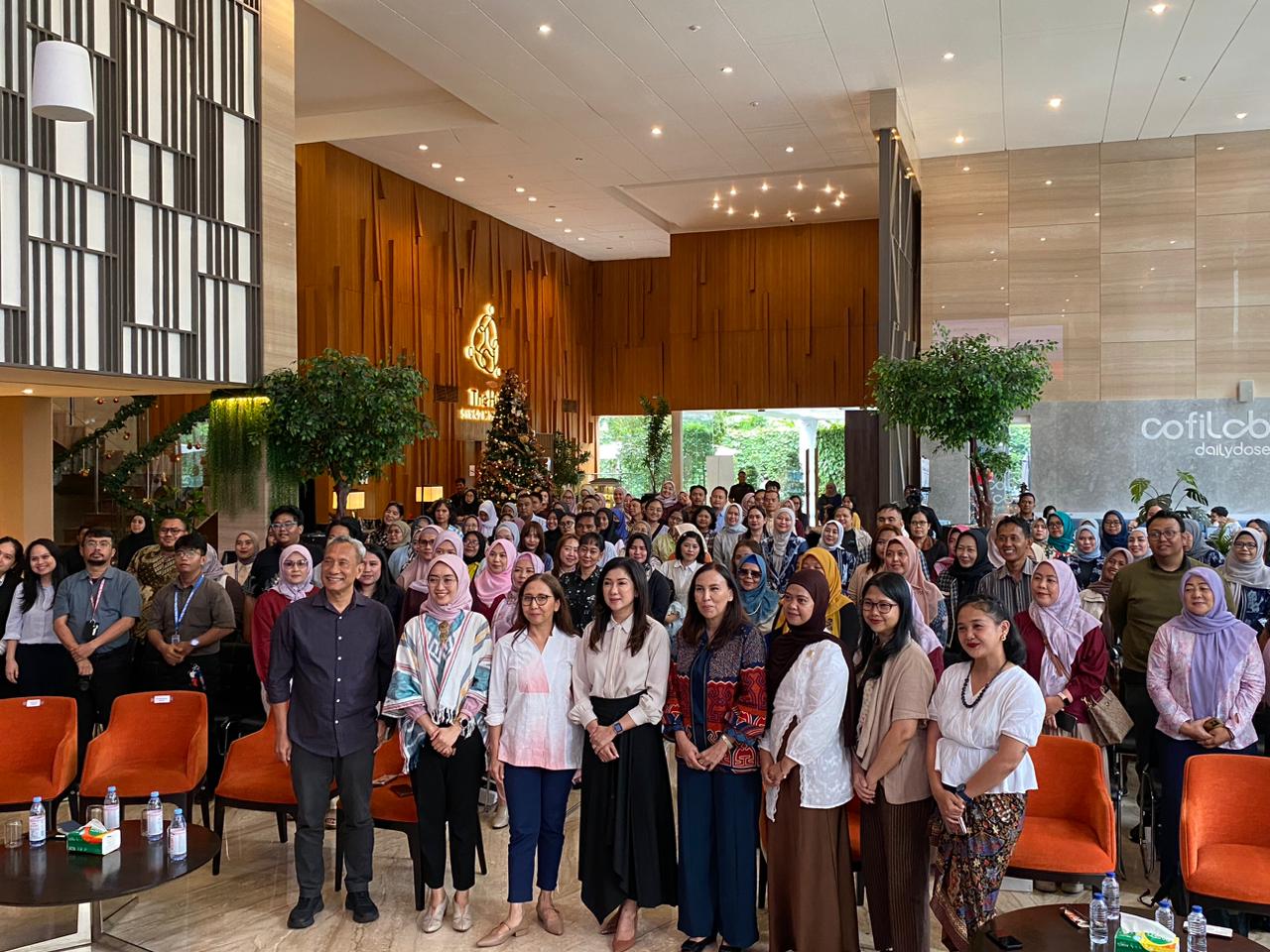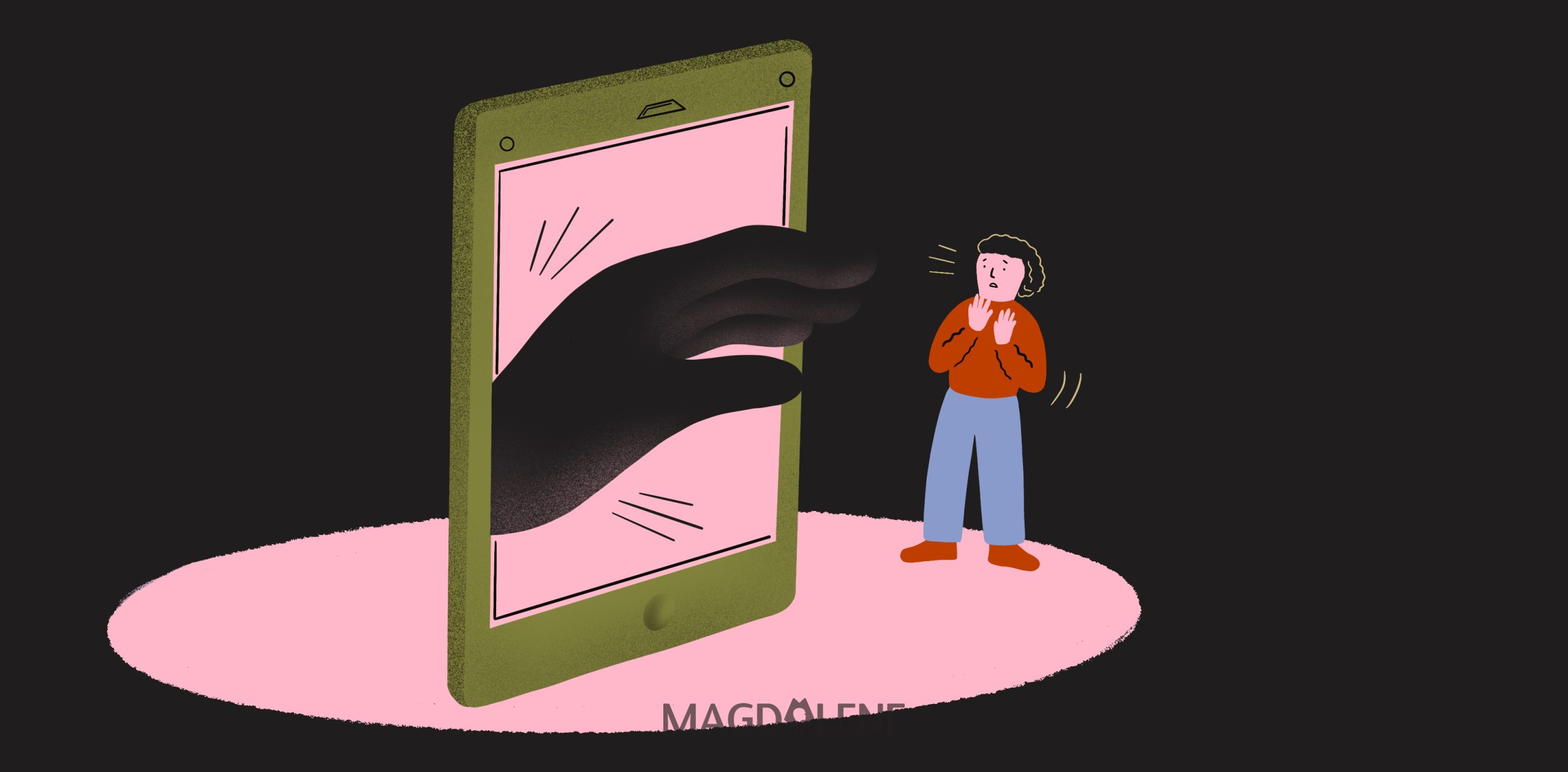Female Rage as Response to Violence in “Ratu Ilmu Hitam”
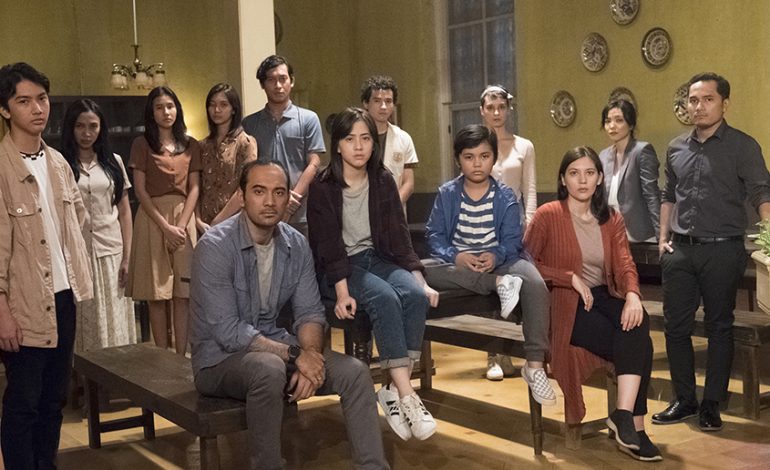
One of the best ways horror functions as a vehicle for social commentary is when it acknowledges evil not as something purely mythical, or something separate from the world we live in. In Kimo Stamboel’s Ratu Ilmu Hitam, the crux of the terror is systemic violence produced, repeated, and protected by the social orders in the world we live in.
On the surface, Ratu Ilmu Hitam seems to be a story of a supposedly heartwarming reunion of childhood friends (Ario Bayu’s Hanif, Tanta Ginting’s Anton, and Miller Khan’s Jefri) to visit their sick caretaker (Yayu Unru’s Pak Bandi) at an orphanage, during which they are attacked by an invisible force of evil, determined to realize all of their biggest fears. But at the core, it is about the difficulty of seeking justice and what happens when there seems to be no other way but to take matters into your own hands.
Sociologist Avery Gordon connects the supernatural to the material and locates the real source of horror: “Haunting always registers the harm inflicted or the loss sustained by a social violence done in the past or being done in the present and is for this reason quite frightening.” Gordon defines haunting as “one way in which abusive systems of power make themselves known and their impacts felt in everyday life, especially when they are supposedly over and done with … it is an animated state in which a repressed or unresolved social violence is making itself known, sometimes very directly, sometimes more obliquely.”
In the original version of Ratu Ilmu Hitam, the titular character wreaks revenge on everyone who has done her harm, but her focus is on Kohar, the man who betrayed her trust, accused her of performing black magic, tried to kill her, and killed her mother. It is a straightforward revenge picture in which our protagonist, in true Indonesian fashion, uses spiritual invocations as direct action. It is not hard to see that the haunted, to some extent, deserve what’s coming for them — these are men who abuse their power granted by their social positions and have no regard for people who are not useful to them and those they deem are beneath them.
Also read: Exploring Indonesia’s Dark History in “Susi Susanti – Love All”
The new Ratu Ilmu Hitam reverses the perspective, the titular character’s identity and motivation is a mystery to be solved by our “victims”. As the story progresses, the film obscures as it reveals — with every new truth there is a new confusion. During a conversation between Hanif and Jefri about the future of the orphanage, the latter says that the orphanage should not be sold, because who knows what other people will find in the house, implying that something horrible happened in it. The three men keep their dark shared history between themselves; their secret is a lie to protect an ugly truth.
The story that goes around is that the orphanage is haunted by Bu Mira, a caretaker who was accused of sacrificing three young girls for black magic by burning them. Pak Bandi then locked her in a room and she kept banging on the door with her own head until her head broke. She died in that room and after that, some kids claimed to hear the banging of her head on the door, echoing her rage beyond space and time.
As always the truth is always more complicated, and the final twist shows that the new Ratu Ilmu Hitam inherits from its predecessor: the female rage as a response to patriarchal violence. Gordon writes, “…, a traumatized person or society is stuck in a past that repeats as a present that can never end. Trauma thus binds you to what can’t be forgotten or forgiven.”
As the terror escalates, the characters are stuck in a loop as a kind of curse, unable to leave the orphanage, a reminder of the cycle victims of repeated assaults have to live in. The titular character unleashes her rage by torturing the other characters, but the violence extends beyond revenge. It raises the question: is killing the best way to prevent an abuse from ever happening?
The twisted sense of justice is informed by the abused experience of the titular character, telling her that she is powerless in front of her abusers, so much so that death is the only imaginable alternative. Ratu Ilmu Hitam puts the titular character, and the audience, in a tricky position: given what she has gone through, it’s difficult to place her as a villain. She uses physical and emotional violence as part of her vengeance — the same means that have long been inflicted on women throughout history — and to some extent the film portrays it as something justified, given the severity of the crime itself. But in the end, it still communicates to viewers that using the means we have to stop abuse and oppression is what will doom us.
What would a film that is fully invested in portraying the search of justice for women who have suffered at the hands of men look like? I am not sure, but Ratu Ilmu Hitam hopefully pushes us closer to understanding that there is really no such thing as “violent” self-defense in response to patriarchy.

